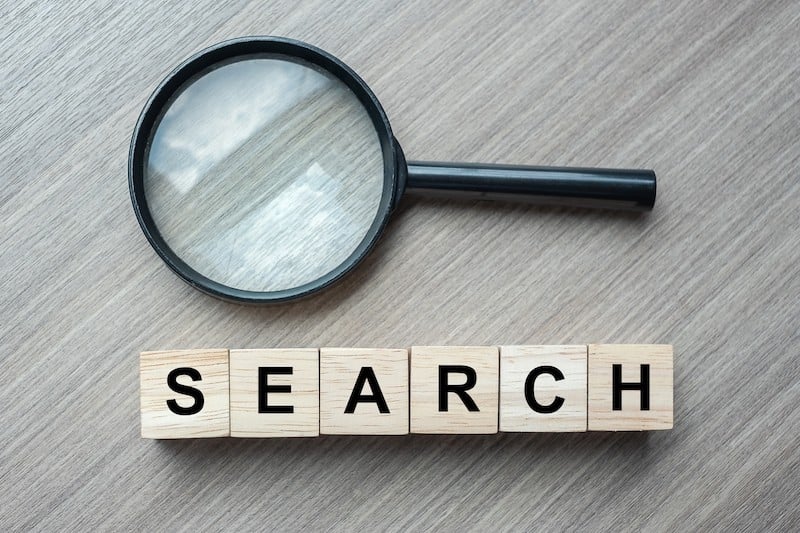When you think of search engine optimization (SEO), you may think first about how to write and structure content so that Google can find your web page and rank it high in search engine results pages (SERP). But SEO, or the art and science of getting search engines to find and display your web pages in response to the keywords someone writes into a search engine, isn’t all about text and writing. That said, the words you choose to include in titles, headers, and the body of a webpage matter a lot. Still, there’s another big factor to consider when putting together a webpage in the hopes that a search engine finds it and ranks it high in SERP – the photos you use.
Here, we’ll explain how to optimize images so that they are SEO-friendly. And don’t forget that people often find websites and products to purchase through Google Images. So you must do the things Google likes to make sure your pictures are appearing high on the images results page.
Table of Contents
Save Your Images as the Right File Type
The first image SEO tip is to save the images as the right file type. Do you know how you can save a word processor document as .doc, .docx, or as a PDF? You can do the same thing with images. You can save them in different formats, or file types. The most common ones are:
- PNG: Good quality images, but a larger file size.
- JPEG: Lower quality but usually good enough for online purposes.
- GIF: Fast-paced image clips that resemble stop-action movies.
Any of these file types work and can be recognized by Google. Avoid other file types, like JPGs inside a SVG format as Google’s systems can’t index these. You may need to compress some of the images if they are too big. We’ll get to that later.
Use Keywords in the Alt Text
The next image SEO tip is to add keywords in the ALT tags field. Alt tags are basically the names you save images as. Typically, file names for photos will look like “IMG_635258.” You want to change the file name, or save it so that the file name includes your main keyword. Doing this helps Google find and interpret the image or pictures on a webpage. When Google can’t read the image alt tag, problems start happening. Google’s own image guidelines documentation states:
“Likewise, the filename can give Google clues about the subject matter of the image.
For example, my-new-black-kitten.jpg is better than IMG00023.JPG.
If you localize your images, make sure you translate the filenames, too.”
Alt tags also make websites accessible to those who have eye conditions that make reading text difficult. Alt tags can be read aloud by tools that assist those with vision issues. They also pop out largely when a user hovers over an image. Some content management systems have fields so you can enter image alt tags. Other website builders require that you save the image with the correct alt tag first before uploading it.

Use Photos You Take as Often As You Can
Web pages need photos for one simple reason – no one will stay on a web page without images.
At the very least, you need one image, ideally a large one. And ideally, most of the images on your website will be original photos of your products, services, business, and more. Some studies even suggest that photos of human faces increase conversions on websites, whether that’s buying a product, inquiring further, starting a shopping cart, or something else.
Studies also show that people can very easily identify what’s stock photography, i.e. databases of pre-existing photos that you often see everywhere, versus what’s original and unique photography. From an SEO standpoint, original photography matters because Google can detect stock photos. They give extra points to companies that use original photos. Some say original photos, like original writing, account for 24% of Google’s algorithm for ranking websites.
Google has stated that it matters if your images relate to the topic on the page. They write, “Make sure that your visual content is relevant to the topic of the page. We suggest that you display images only where they add original value to the page. We particularly discourage pages where neither the images or the text are original content.”
Compress Images That Are Too Large
Every image on your website has a size and a weight. The size is usually measured in pixels, and it measures the height and width of an image. Image weight is measured in megabytes. The higher the quality of your photo, or resolution, the more megabytes it has.
For print publications, the resolution must be high to look good. But online, pictures can be low resolution. High-resolution photos on websites take a while to load. Slow loading times are one thing Google dings websites for when it comes to SEO. So, you’ll want to compress your high-resolution images before uploading them to your website. They’ll look just as good and make your speed loading times faster. There are all kinds of free tools online to help you do this.

Make Sure Your Page Title and Description Relate to the Image
When a picture surfaces in Google Images results pages, Google automatically generates a title link and brief summary, called a snippet, to explain each image and how it relates to what the user was searching for. So make sure that any page with an image (which should be every page) includes keywords in the title and meta tags for each page. Meta tags are keywords you can add to fields in a content management system that the user will never see. You can help improve the quality of the title and snippet by following Google’s title and snippet guidelines.
Make Your Images Mobile-Friendly
Google cares about how things look on mobile phones. In fact, it is an important part of their image SEO algorithm. Fortunately, Google offers clear guidelines on best practices for mobile images. They even offer an online tutorial on the subject.
You want to make sure you have responsive images. This means the image will change its size and shape based on the device the person is using. So your images will automatically be easily viewable on a desktop, tablet, or phone.
We’re going to get into some coding here. If you are thinking, “Huh?” After reading this, reach out to us and we can fix images on your site so they’re responsive to mobile devices for you.
On the backend of a webpage, you’ll see a lot of code. The tag <picture> element or the srcset attribute of an img element tells web browsers, “These are responsive images and should resize automatically for whatever device a person is using.” However, some browsers and search engine crawlers do not understand this code. So Google recommends that you always use a fallback URL in the src attribute.
The attribute is srcset. It allows different versions of the same image, specifically for different screen sizes.
Example: Using <img srcset> for a picture of a chocolate cupcake
<img
srcset=”cupcake-320w.jpg 320w, cupcake-480w.jpg 480w, cupcake-800w.jpg 800w”
sizes=”(max-width: 320px) 280px, (max-width: 480px) 440px, 800px”
src=”cupcake-800w.jpg”
alt=”A chocolate cupcake with white frosting”>

Need Help With Image SEO?
Are you thinking, “What on earth is that?” after reading the section above? We understand. Here at SEO Design Chicago, we can help you by making sure your entire website, including its images, is SEO-friendly. We’ve done this for dozens of companies all across the country. You can even read what problems these companies had and how we solved the issues for them. You can also see the impact our redesigns or development had on their business. If you’d like to learn more about our services, reach out to us today!



Contact Us Today!